Catchment Group Support
3 min read
Catchment groups are a great opportunity for you and your local community to work together to enhance and improve the biodiversity, water quality, and community value of your catchment and downstream environment. DairyNZ is here to help you and your group to achieve your goals and aspirations.
Catchment groups are New Zealand’s best opportunity in a generation to make progress on improving our waterways, and native biodiversity on farm.
These groups offer a platform for sharing knowledge, adopting good management practices, addressing challenges related to water management and ultimately helping communities enhance their local environments.
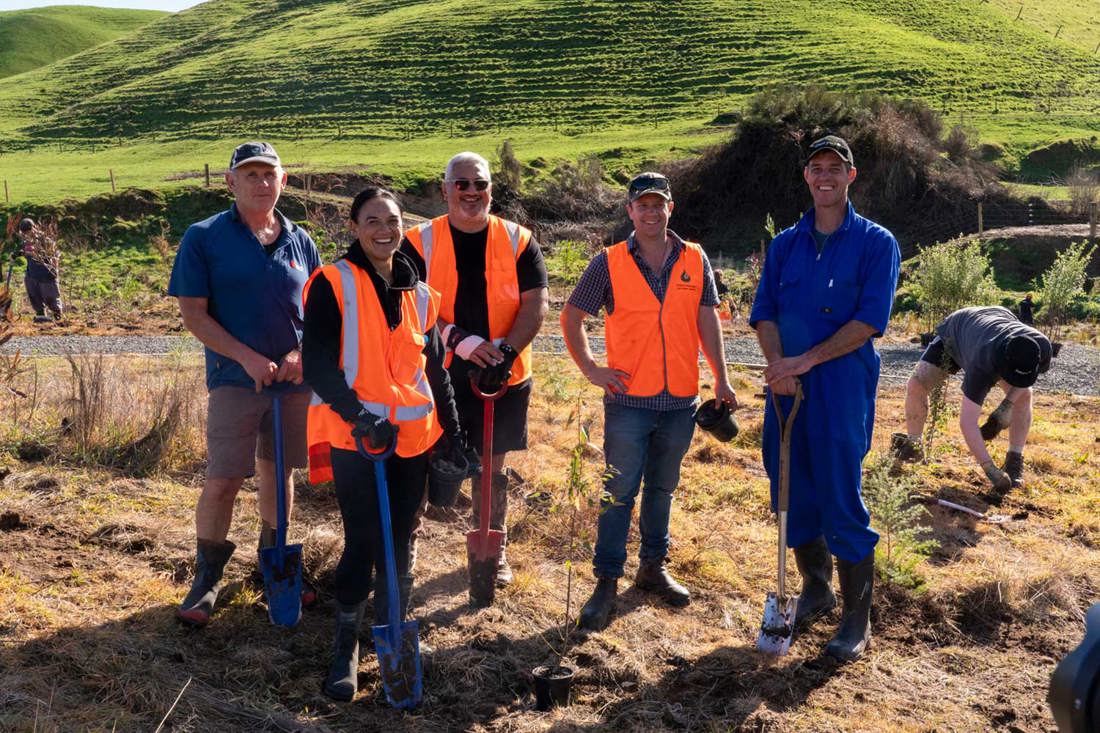
Pōkaiwhenua Catchment Group Community Planting Day
Catchment groups have been established with support from industry and Government. It has been recognised that local community involvement is key to the long-term health and enhancement of waterways and biodiversity in a catchment.
With a wide variety of support available, there has never been a better time to get involved.
Check this map at NZ Landcare Trust to see if there is a catchment group you can join.
If you're thinking about forming a catchment group but are unsure where to start, check out:
You’ll find a step-by-step guide to getting your community and local iwi together to build a shared vision and action plan for your catchment.
Once you have a group established, you’ll need to define your vision and goals, and decide on a group structure that works for your members. Structures range from informal to formal. More formal structures can make it easier to access funding.
Read the following resources to help decide the best option for your group:
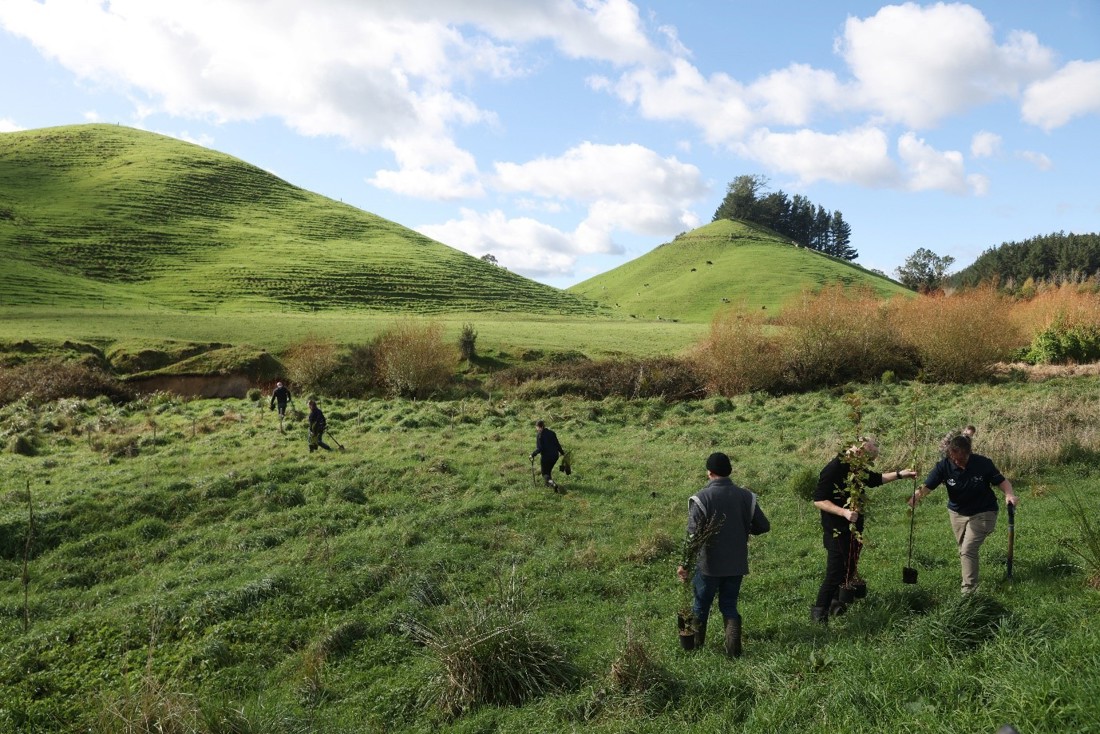
Most catchment groups will require funding to achieve your goals. As a group, you'll need to present your project convincingly to potential funders.
DairyNZ and Landcare Trust have co-developed resources to find out what funding is available nationally and regionally. Head to Landcare Trust: NZ Landcare Trusts Funding Resources by Region, and see their Tips and Tricks for Funding Applications.
Understanding your catchment and its environment health can help you understand the major issues. Decide what you would like to achieve as a group and measure improvements. Search Land Air Water Aotearoa (LAWA) for local information on river, lake and groundwater water quality, recreational water quality, water quantity, land cover and estuary health.
There are many variables to consider when looking at water quality. These include physical and chemical characteristics.
A test to sample the environmental DNA (eDNA) in your waterway can be a great way to understand the biodiversity in your catchment's waterways and the overall waterway health. An eDNA assessment will provide you with an overall waterway score from very poor to pristine.
To order an eDNA sample pack, visit wilderlab.co.nz

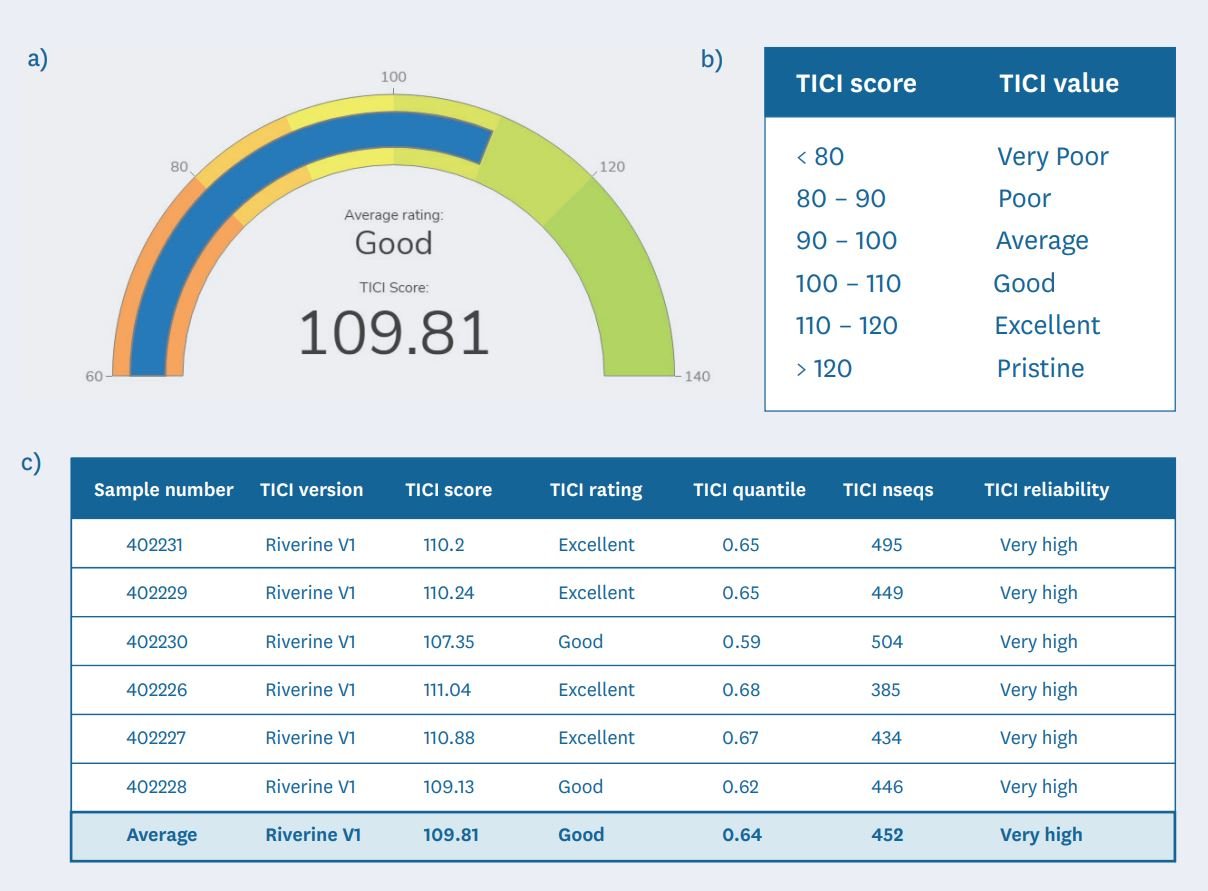
There are many positive actions you can take as a group to improve the catchment. Visit our waterways page for information on the following:
Improving the overall health of your catchment often involves reducing the impacts of contaminants. This means both contaminant reduction at the source and implementing proactive mitigation solutions such as riparian planting.
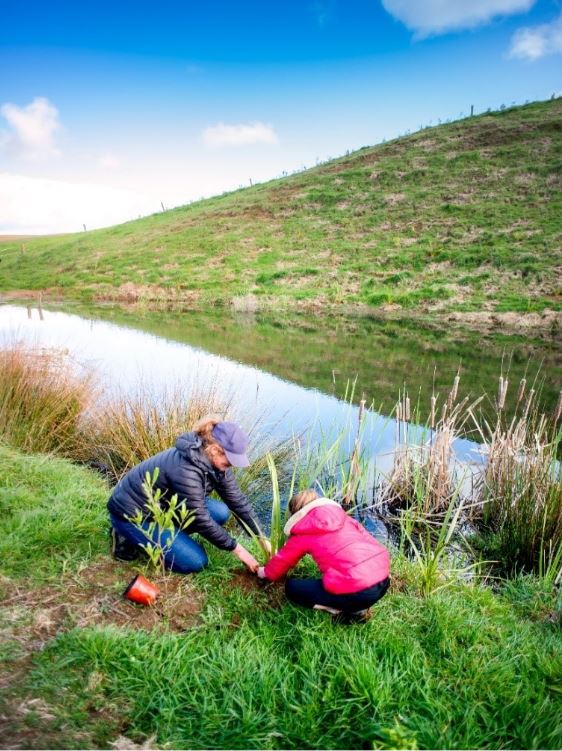
The following resources give useful tips for reducing contaminants and their impacts:
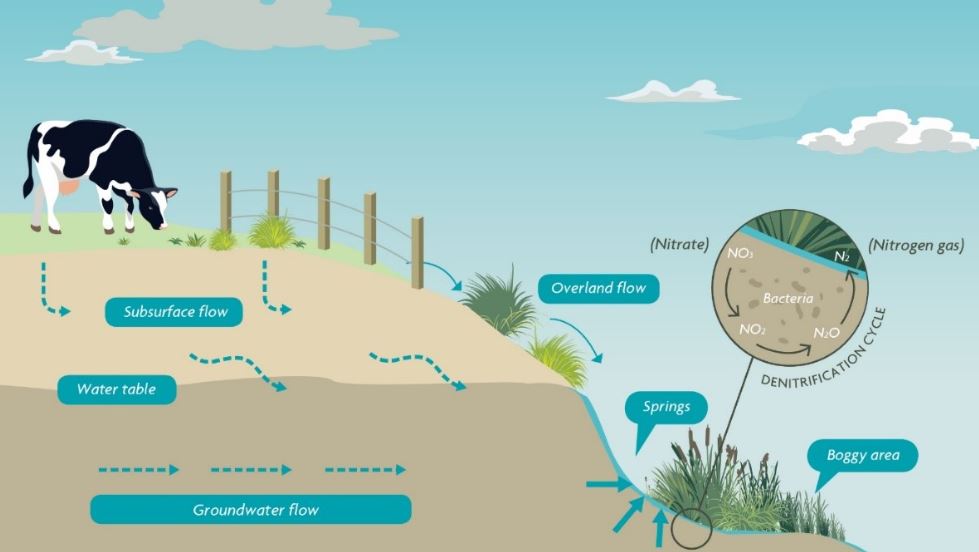
There are many aspects to ensuring long-term success, including supporting your coordinators and ensuring the group has a range of people with different skill sets, alongside achievable goals and good links to funding sources.
For additional technical support for your group, a good option is to register with the A2E who provide technical support for all aspects of catchment group management.
Read the following to find out more:
Join us (in the video below) on an immersive journey through the Pōkaiwhenua catchment. This experience takes you through the stunning Pokaiwhenua, an example of what great looks like for healthy pastoral waterways.
Along the way, discover the positive impact of the partnership between DairyNZ, the Pōkaiwhenua catchment group, and the Raukawa Charitable Trust.
Combining Māturanga Māori and Western Science, together, as part of the DairyNZ Pōkaiwhenua catchment project, the community is helping to restore and protect this special waterway, demonstrating how collaboration can lead to thriving freshwater ecosystems across Aotearoa.
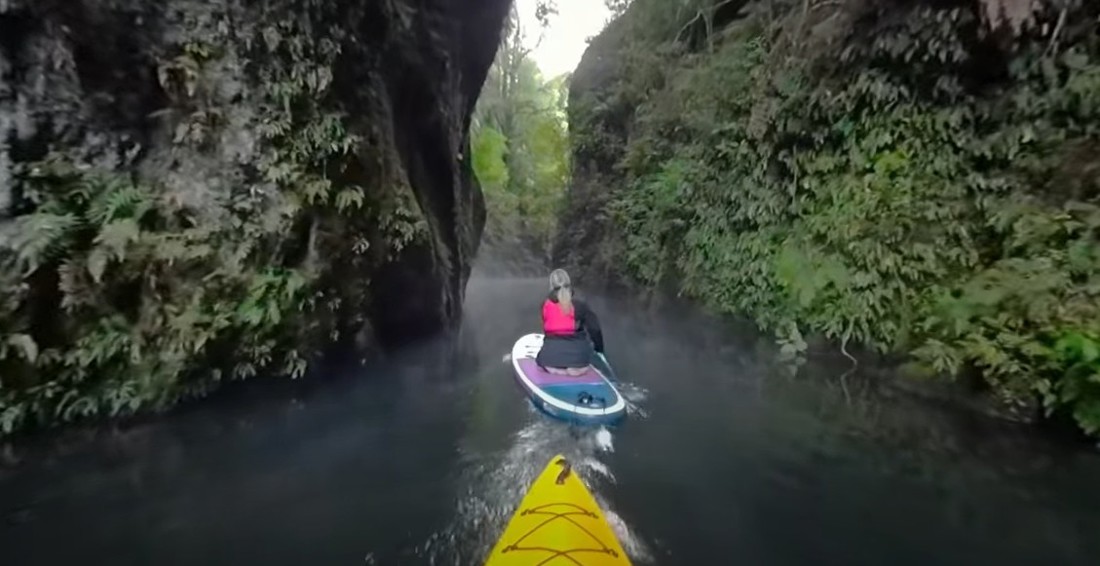
Now’s the perfect time to check in, plan, and set up for a strong season. We’ve pulled together smart tips and tools to help you stay ahead all winter long.
Whether you prefer to read, listen, or download handy guides, we’ve got you covered with trusted tools to support your journey every step of the way.
Put our proven strategies and seasonal tools to work. Boost production, support animal health and watch your profits hum.
Tools that are backed by science, shaped by farmers and made for this season.
That’s Summer Smarts.